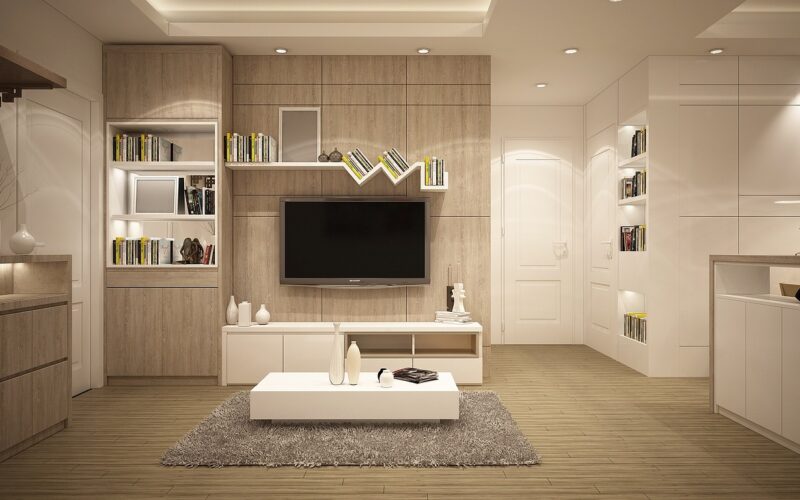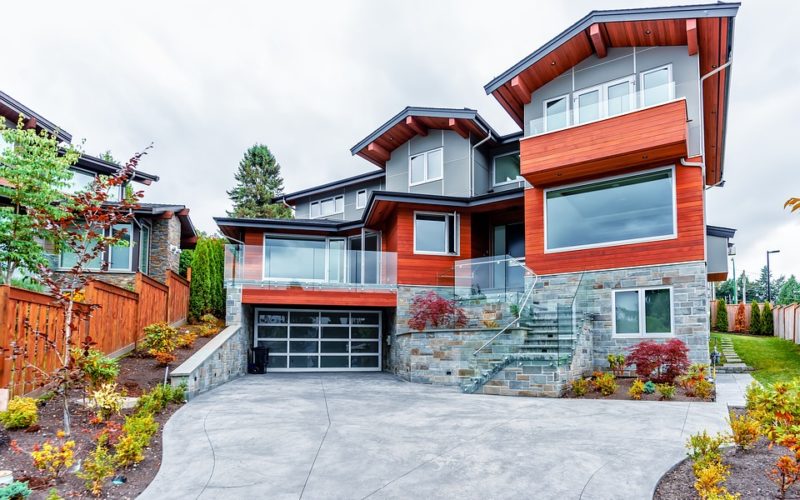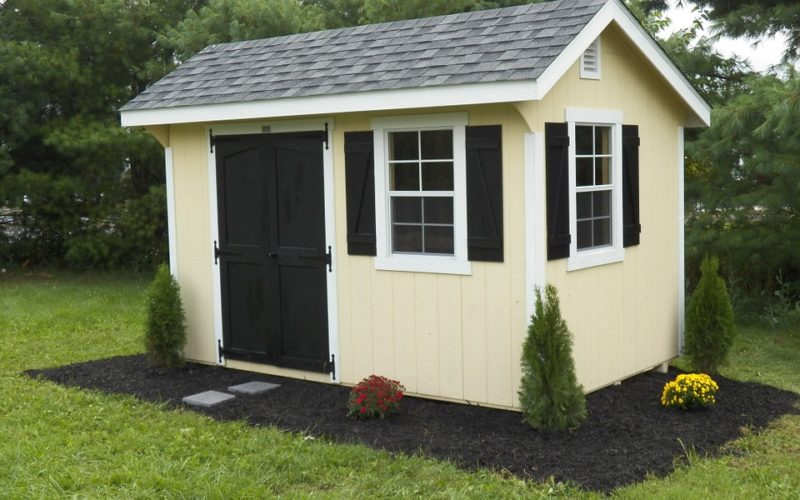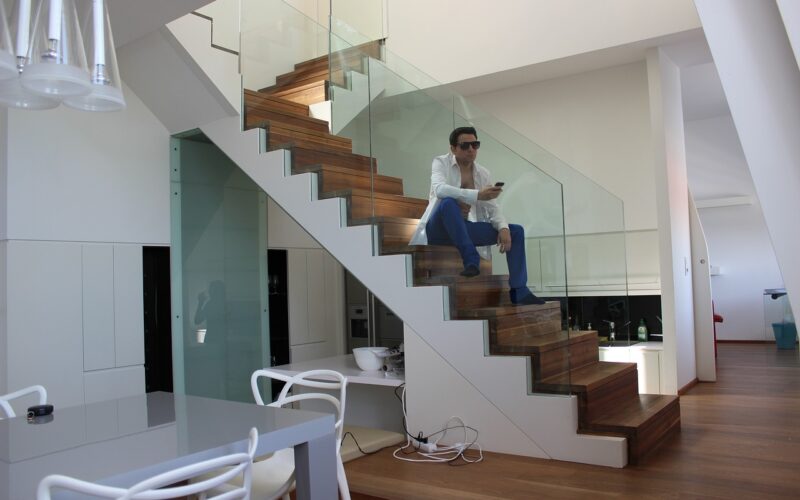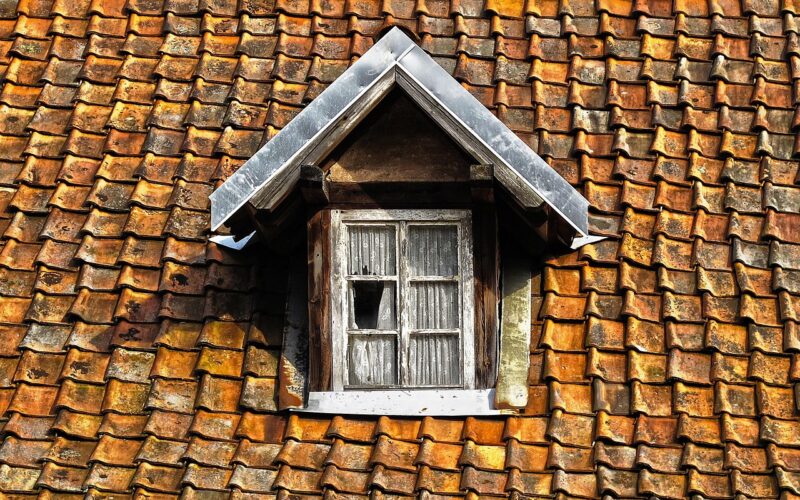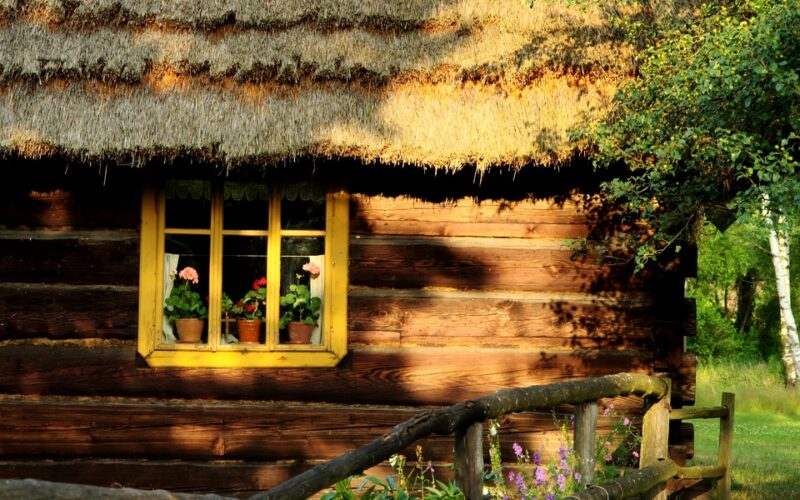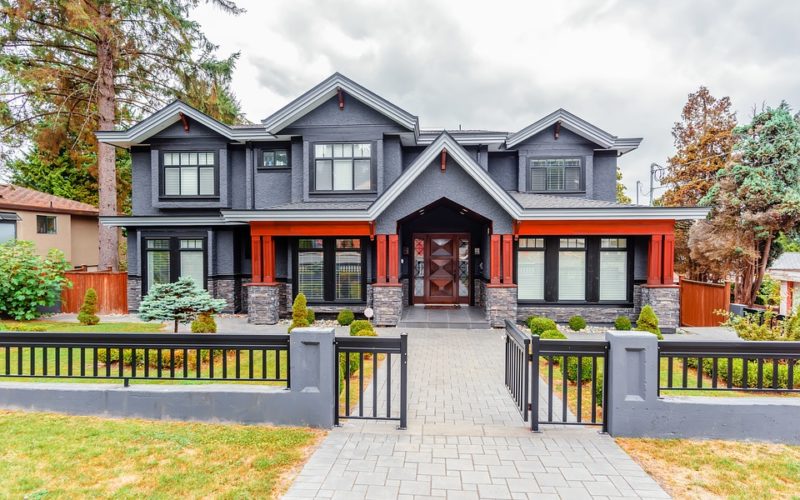Converting a Basement Into Liveable Space
Converting a basement into a liveable space is an excellent way to add function and value to your home. Below, we'll explore the steps and considerations involved in transforming this often underutilised area.
The potential of a basement conversion
Basements are typically used for storage or as makeshift laundry rooms, but they hold immense potential beyond these mundane roles. With thoughtful design and planning, a basement can become anything from a cosy family room, a home theatre, a personal gym, or even an additional bedroom. The possibilities are limited only by your imagination and the physical constraints of the space.
Evaluating your basement's suitability for conversion
Before you start swinging hammers and tearing down walls, it's vital to evaluate the existing condition of your basement. Key factors include ceiling height, dampness, natural light, and ventilation. It's also important to check for any local building codes and regulations that could affect your renovation. These initial assessments can determine whether your basement is a viable candidate for conversion and what kind of modifications it may require.
Design considerations for a comfortable space
Once you've established that your basement is suitable for conversion, the next step is to plan the design. This should be closely tied to how you intend to use the space. Opt for waterproofing and insulation solutions to manage moisture and temperature levels that contribute to comfort. Soundproofing may also be necessary, especially if you plan to use the space for entertainment or as a living area.
Structural modifications and safety concerns
One of the most challenging aspects of basement conversions can be the need for structural changes. This might involve reinforcing foundations, modifying support beams, or altering the stairwell for safe access. Always consult with a professional architect or structural engineer to ensure that your plans are safe and structurally sound. Additionally, make sure that your design complies with egress requirements to provide a safe escape route in case of emergencies.
Selecting materials and finishes
Choosing the right materials and finishes for your basement is essential for both aesthetics and function. Look for moisture-resistant materials such as vinyl flooring or water-repellent paint. When it comes to décor, opt for lighter colours and reflective surfaces to compensate for the lack of natural light typically found in basements. This can make the space feel more inviting and spacious.
The benefits of a completed basement conversion
A well-executed basement conversion not only expands your living space but can also increase the valuation of your property. It's an investment that pays dividends in terms of functionality, aesthetics, and financial returns. Whether you're looking for a place to relax, entertain, or simply escape from the hustle and bustle of daily life, a basement conversion offers a world of opportunities to customise your home to better suit your lifestyle.
By addressing these considerations and approaching the project thoughtfully, your basement can be transformed from a forgotten storage area to your favourite spot in the house.
